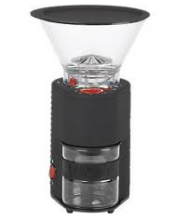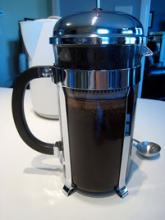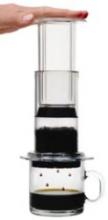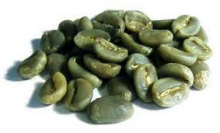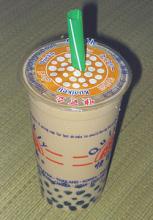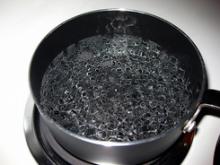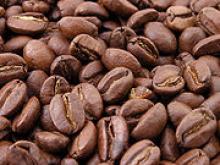You may, at some time, have received a chain email about the dangers of boiling water in the microwave. But unlike pretty much every single chain email ever sent in the entire history of the internet,
this one is actually true. We think of "boiling water" as "water that is bubbling a lot." But the bubbling action is just a secondary effect. Water hits the boiling stage at 100 degrees Celsius (212 degrees Fahrenheit).
Typically when this happens, the hottest part (in a pan on the stove, this would be the bottom) starts turning to gas. The gas bubbles up to the surface, cooling the water slightly as it does so.
If for some reason the bubbles don't form, the water doesn't turn to a gas, but it can still keep on heating up. When a fluid gets heated beyond its boiling point without turning to gas, it is said to be a "superheated fluid."
Let's back up and look at those bubbles again. In the same way that raindrops and snowflakes form around particles of dust, bubbles in boiling water form around particles, too. If the water is extremely clean, and the container is also extremely clean, it is possible that the bubbles will not be able to form.
Bubbles form around what is called "nucleation sites." You may be familiar with this term if you have seen the Mythbusters episode about Diet Coke and Mentos. The Mythbusters crew found that it's the nucleation sites - the microscopic pits - on the surface of the Mentos candy which allows the bubbles to form.
In the case of dropping a Mentos candy into a Diet Coke, the candy has so many nucleation sites that the bubbles form extremely quickly, and with exceptional volume. To such an extent that to us viewing the action in normal time, it appears to be an explosion. It isn't really - it's just the normal process of soda foaming around an object - but faster and more vigorously than usual.
The same thing can happen if you boil water in the microwave.
Boiling water needs nucleation sites to form bubbles. If the water is very clean, and your cup is very clean (cleaner than mine tend to be!) AND you microwave the water for a very long time, you can accidentally create a superheated fluid.
Then you drop a teabag into it, or even just tap the sides slightly, and the same thing happens as when you drop a Mentos candy into a Diet Coke. Except instead of a fun (if sticky) soda explosion, you have an explosion of boiling water.
As you might expect, this is extremely serious. In fact, many people report this having happened to them. It can cause second and third degree burns to your face and hands, a trip to the emergency room, and even skin grafts in particularly severe cases.
Luckily, the answer to this problem is simple: always put something into your water before you boil it. Whether it's a chopstick, a wooden spoon, a wooden stir stick, or a (staple-free) teabag, the object will provide nucleation sites - and prevent your boiling water from exploding all over your hands.
Photo credit: Flickr/Sterlic

